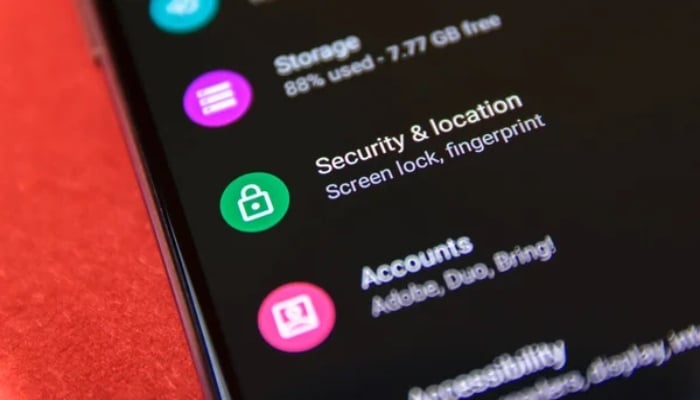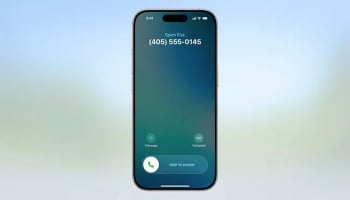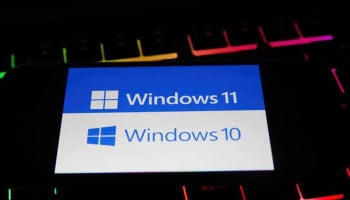
The Android operating system has always held a torch over its competitors due to its relative customisability. Users have considerable freedom over their layout, accent colours or even how their icons look like. Besides this, the OS doesn’t bar users from installing apps beyond its official provider, that being the Google Play Store in Android’s case.
This practice is known as, “Sideloading” and involves installing apps from alternate marketplaces. Back in the day, users had to download an APK file on their PC and then transfer it to their handsets using a USB.
Thankfully, the process is now much simpler, APK files can now directly be installed from a phone’s browser, granted their locations are known and the necessary settings are tweaked.
Know this before the download
While sideloading is now a relatively common practice, it is still uncharted territory and users must not be ignorant of the risks it poses.
While Google’s Play Store is regularly scanned for Malware, this precaution does not extend to alternate marketplaces; here, the possibility of installing infected software is much higher.
To avoid being compromised, it's best to stick to reputable alternatives: Fortnite, Epic Games or solid industry developers.
Also, cybercriminals will want to get their hands on user data: finances, health, etc. Never install apps about such matters besides an official provider, any alternate version is most likely malware.
To be clear, APK need not always be infected, it's just better not to select the first one you come across.
Getting ready for an APK download
Since sideloading isn't without its risks, Google and other device providers have the installation of foreign software blocked, and this can easily be reversed.
Users can alter these settings when downloading an APK but here’s how to do it precisely. Note that there might be slight differences across differing devices, software versions etc., the following is specific to Stock Android 14:
- Open the Settings app on your Android phone.
- Select Apps.
- Scroll down to the bottom and select "Special app access".
- Choose to install unknown apps halfway down the list.
- This will show you a list of apps capable of installing APKs.
- Choose those you’d like to install APKs with.
Leave this setting off for Chrome and turn it on only for a file-management app like Files by Google. This will have you open your APKs in the files app before you can install them. It’s a bit less, but it's safer as it prevents potentially harmful APK files from being installed through your browser.
Lastly, it is good to ensure that Google Play Protect is active.
Finding an APK
Once permission has been granted to an app to install an APK, users can head to alternative marketplaces to begin the process, these can be: F-Droid, APKMirror or TapTap. You can browse and install APKs from their website.
However, the repositories themselves must also be installed on your phone
Installing an APK is like installing any other software onto your phone, though users would now follow a few prompts to complete the installation process as briefed below:
- Visit an appropriate website on Chrome and select the intended file for download.
- Do not be alarmed by the following prompt that'll warn you of potential malware, this is standard procedure.
- Once downloaded, select the 'File Downloaded' pop-up at the top of the screen to access the file immediately.
- If Chrome has been granted permission to install unknown apps, a pop-up will appear requesting you to approve an installation.
- If permission is pending, a warning will appear which users can use to lead themselves to the settings app where the settings can be altered.
- Instead of granting Chrome permission, users may also manually locate the APK in their Files app and install it.
- Once complete, a notification will inform users of the installation, from here onwards, the APK will appear on the home screen.















